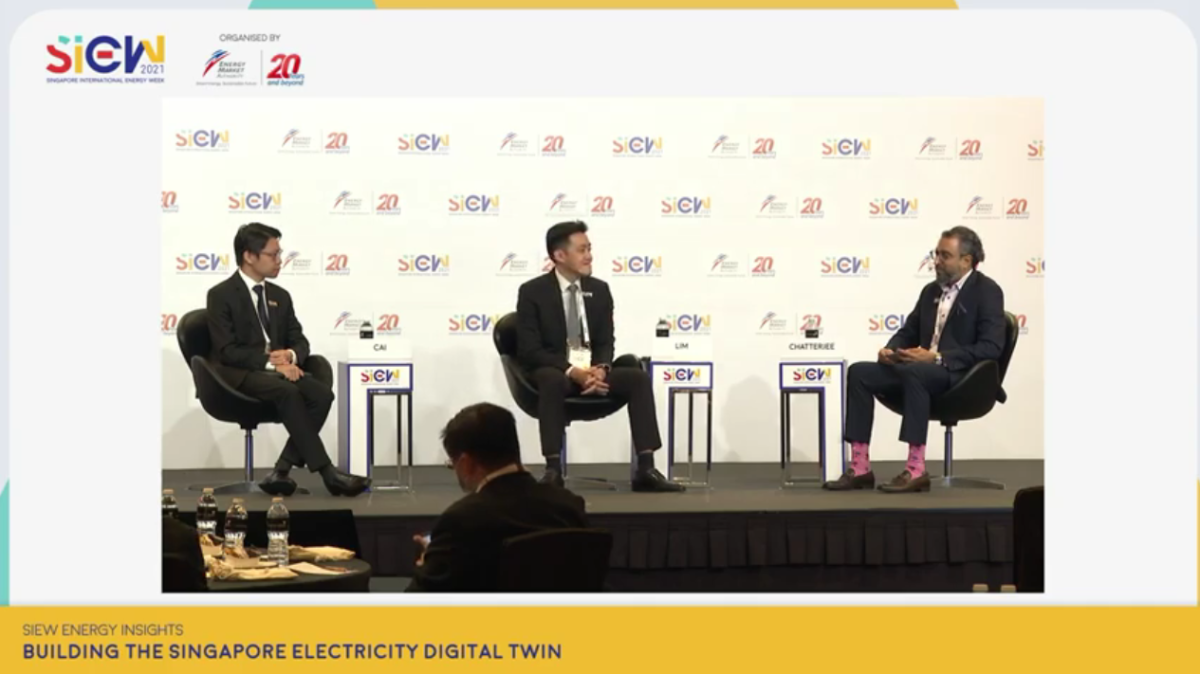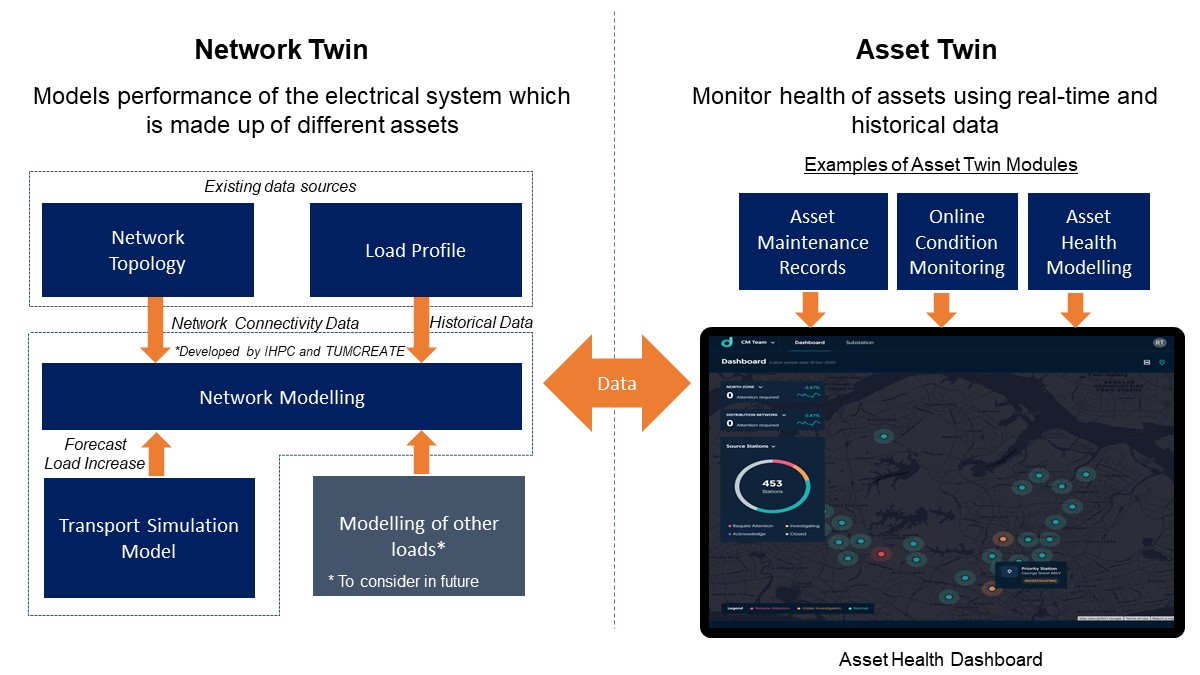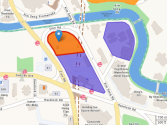
How Singapore’s first digital twin attempts to prevent grid failures
The Grid Digital Twin is being developed in anticipation of the increasing electrification complexities.
Singapore is developing its first digital twin for its National Power Grid, designed to identify potential asset failures for an early intervention, in anticipation of an increasingly complex grid as electrification expands.
Alvin Lim, SP PowerGrid Deputy Director, Digital Grid, said the average interruption duration in the Lion City is currently less than a minute, with its power grid comprising 18,000 transformers with more than 27,000 kilometres of underground cables that interconnects some 11,000 substations.
The two key issues Singapore needs to address are the need to expand to cater to the growing demand and the need to plan for the maintenance of existing assets to uphold the current level of reliability Singapore enjoys.
“With the deployment of more distributed energy resources, we can expect the power flow in the network to be more variable and intermittent and this makes the planning operation of electricity more complex going forward,” Lim said.
“We want to gain a better insight into asset degradation, as well as causes of failures. With this technical understanding, we want to identify potential asset failure and prioritise these risks for timely intervention.”
Thus, the Grid Digital Twin has been initiated by the Energy Market Authority, SP Group, and the Science and Technology Policy and Plans Office of the Prime Minister’s Office.
Amongst the key benefits of the Grid Digital Twin include improving network planning analysis and remote monitoring of asset conditions, thereby saving manpower resources in carrying out extensive physical inspections. As the Grid Digital Twin provides a more holistic model of the grid, it can facilitate planning of infrastructure for different needs, such as installation of electric vehicle chargers and connection of solar photovoltaic (PV) systems and energy storage systems.
It comprises two models, which are the Asset Twin and the Network Twin. The first is made for the health management of grid assets, such as substations, transformers, cables; whilst the second is designed for the assessment of impact on the grid when connecting new energy sources or consumers to the grid. It is currently still in a prototype stage and is expected to be fully developed over the next few years.

Lim explained the Asset Twin will allow the SP Group to perform analytics to automatically provide an accurate diagnosis of the conditions of the assets every day. This is executed through the integration of historical and live data that will create virtual representations of assets health statuses. This data is sourced from the substation and asset registry, maintenance and inspections data and through real-time sensors.
“This helps our field crew to prioritise the daily maintenance tasks, which involves substation checking around the island. And lastly, in the long run, with this set of knowledge, we are able to formulate optimal schedules for meetings and renewal of assets,” Lim said.
As for the Network Twin, Desmond Cai, A*Star, Group Manager, Institute of High-Performance Computing, said it looks into recent developments in the energy ecosystem to gauge how it can affect the distribution system.
“We are beginning to see a proliferation of active distribution endpoints due to the growth of distributed energy resources, such as solar PV and energy storage systems, as well as flexible loads, such as electric vehicle charging,” Cai said.
“Therefore, to plan for the future distribution system, we need to be able to evaluate the impact of different technologies rapidly and at low cost, to assess the trade-offs and risks to the system.”
Cai said the Network Twin uses an advanced software framework, called the Multi Energy System Modelling & Optimisation (MESMO).
The MESMO was built to tackle emerging challenges and capture future opportunities in the distribution system. It also functions to facilitate modelling of distributed energy resources, perform a system-wide optimal dispatch of those resources and analyse its impact to the network.
“This provides a breadth of data and allows deep analysis of infrastructure impact, gives us a better view of network utilisation under future electrification loads, and helps to improve network planning and analysis and prioritise Infrastructure Renewal based on system risks,” he said.
He added the Network Twin also enables optimisation of investment by enabling the study of synergies between renewal and upgrades across the network, whilst also maintaining the resilience of the network.
The Network Twin is being developed by the Institute of High-Performance Computing at the A*STAR, and its technology partner TUMCREATE.























 Advertise
Advertise







